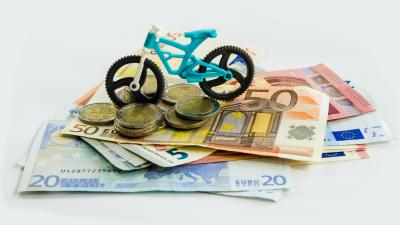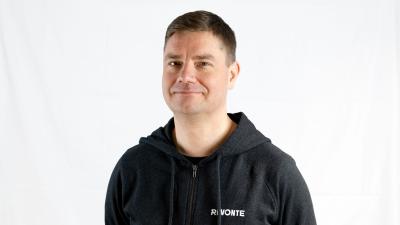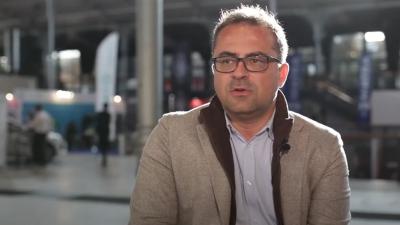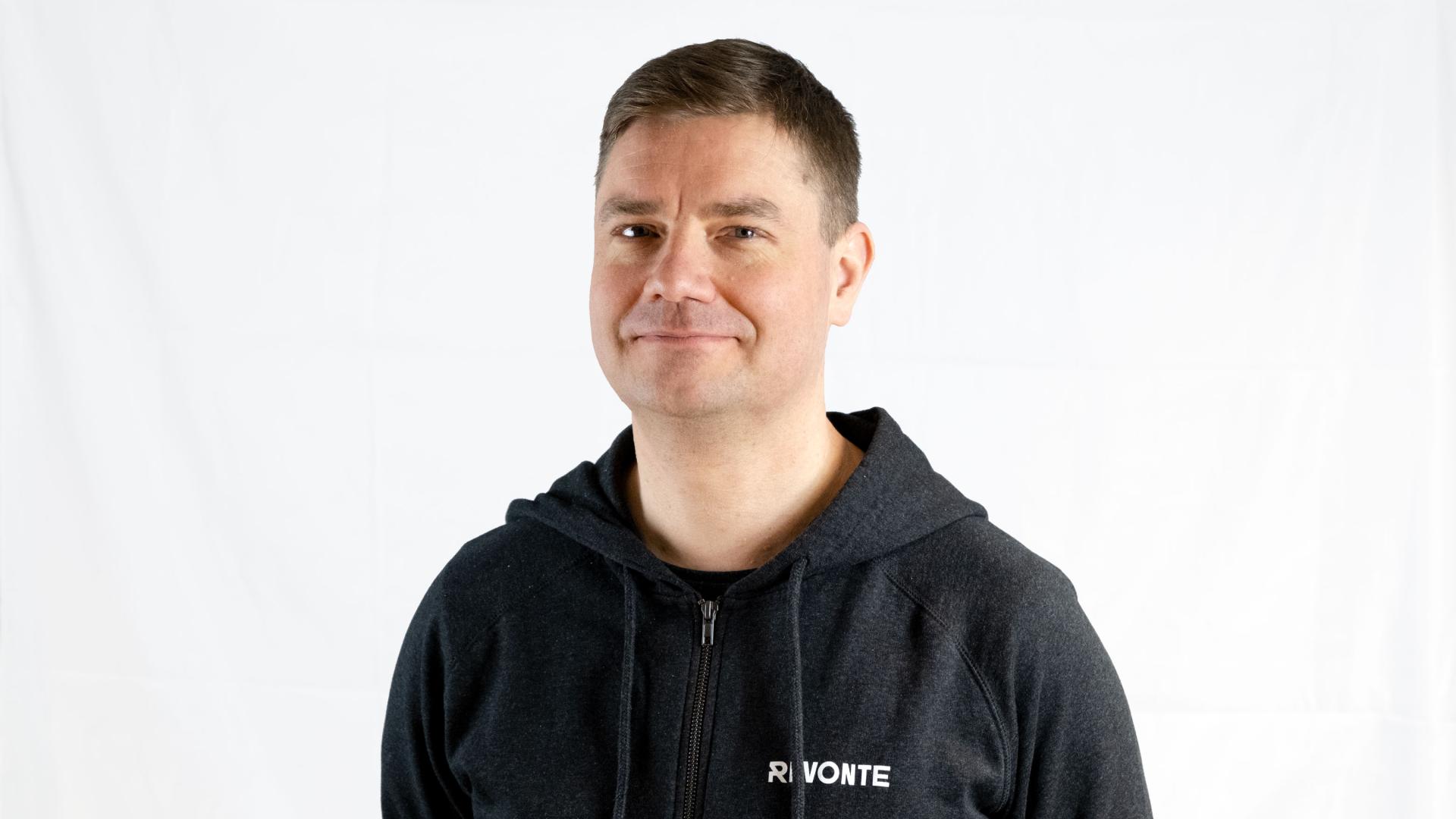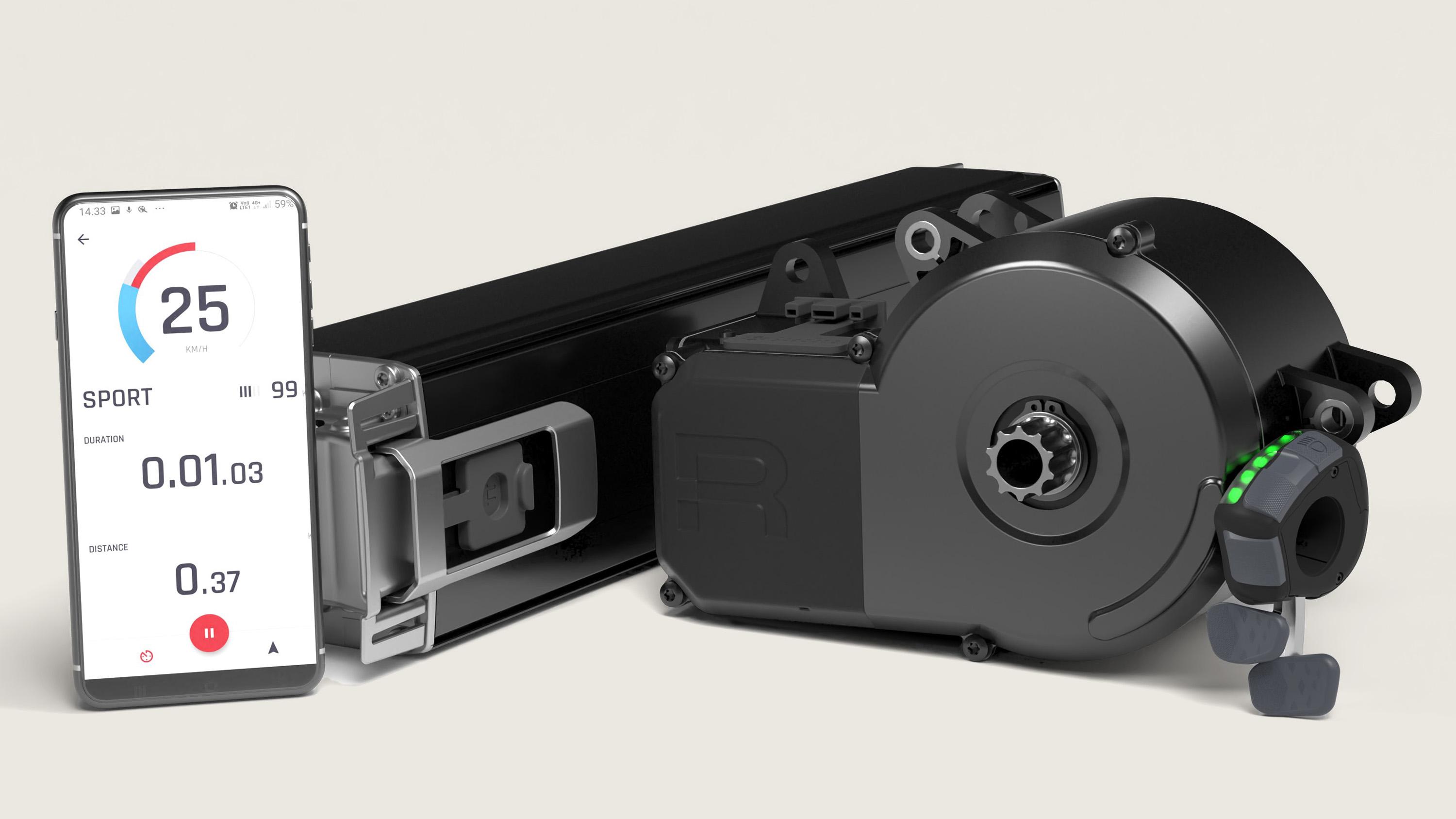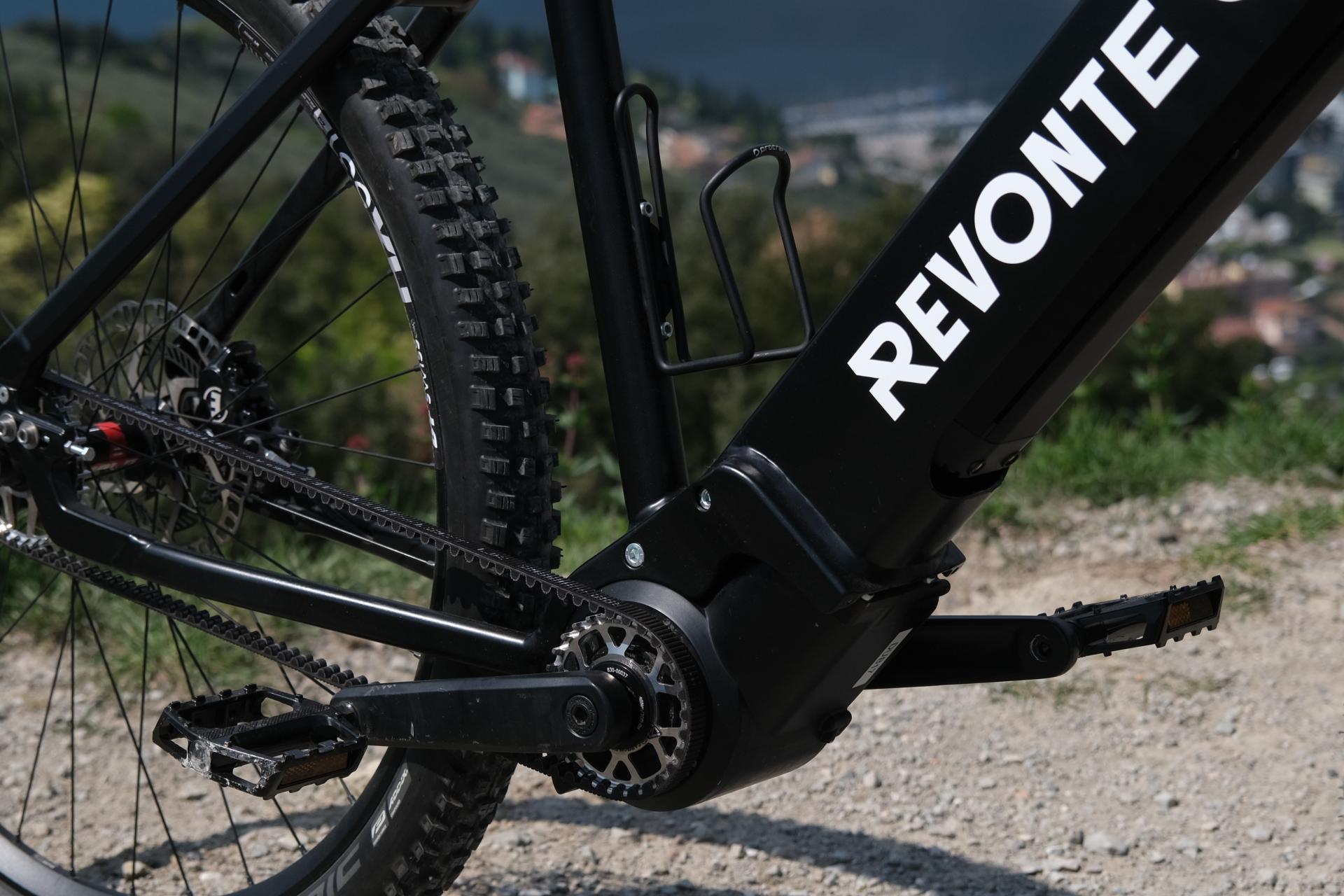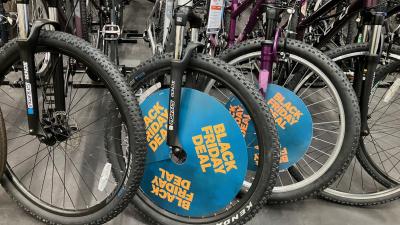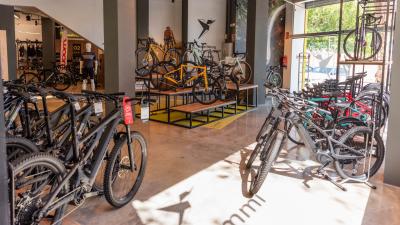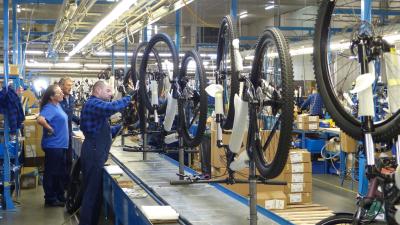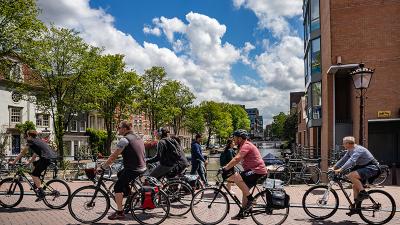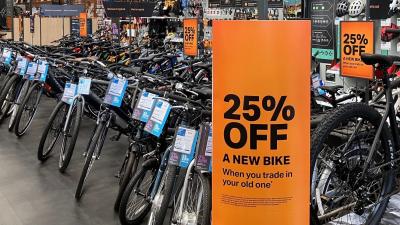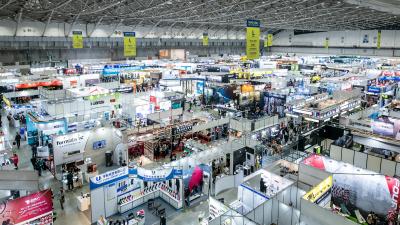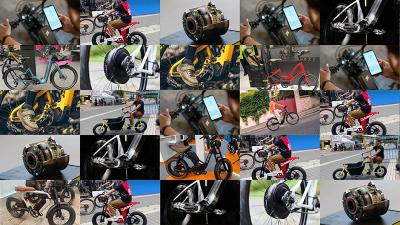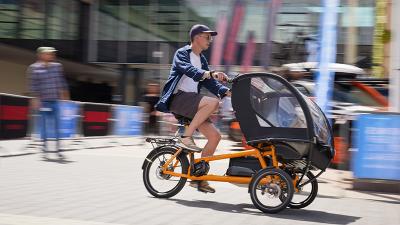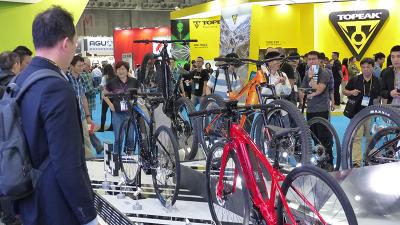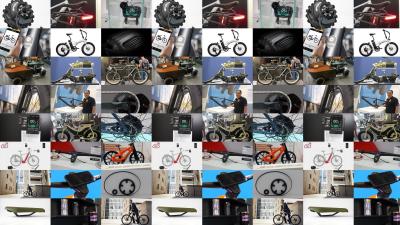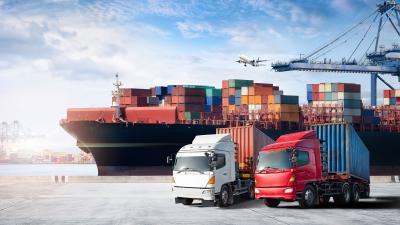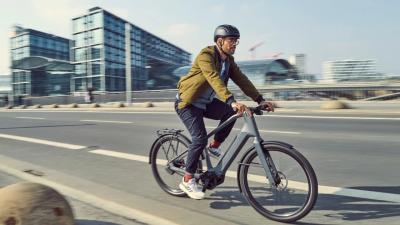E-bike drive system brand Revonte was forced to file for bankruptcy one year ago. Since the launch of the product 5 years earlier, the company received a lot of positive feedback from industry peers. OEM's welcomed the Revonte ONE as the next generation drive system for e-bikes. Still Revonte didn't make it, even while the e-bike market was thriving. For the first time, co-founder and former CEO Otto Chrons shares his Revonte story and the lessons learned.
Can you take us through the various stages of Revonte from start-up to bankruptcy?
Revonte operated with a very small team, a maximum of 15 people. The talented team was very eager to make this successful. As a bunch of bike enthusiasts we wanted to make a difference in the e-bike industry. None of us had ever built anything like this before and we did not come from the automotive industry. None of us had ever worked on e-bike motors or transmissions. On the other hand, we were not prepossessed, which was good. We had a very fresh outlook of how to get things going. Our first big obstacle was that we had no good working product to show. We just had some very early prototypes to demonstrate the principle. With that we had to find funding from venture capitalists as we were unknown in the industry. We couldn't really get financing from industry players at that time.
Together with some government support the first investment was just enough to build our first functional prototype which we presented a Eurobike 2019. It worked well enough that we could demonstrate it to a few people. We were also able to raise some more money. Sometimes it surprises me to read that other companies invest €10 million to develop a standard e-bike motor. How could you spend so much money on such a simple product, when ours came with very complicated software?
How did COVID impact the introduction of your production on the market?
Our initial success in 2019 made it possible to continue the development effort. We also came across our first major problem: how and where to find a good manufacturer. As I said, we had no experience or background in this, and it became a quick learning process. The bigger manufacturing companies were not interested in working with a start-up. The only option we were left with were suppliers in China who typically don't care about you as long as you pay the bill. It was our only solution to get products on the market.
Due to our relatively small financial base we had to move fast, and usually Chinese companies can help you quickly. Sometimes the quality is not so great, but in the prototyping phase that's not super critical. When we wanted to move forward in the beginning of 2020, the world was hit by corona. Especially many of our suppliers in China had to shut down their factory for months. This created a huge problem for us. The availability of electronic components went down and the prices sky-high. For example, some components we used were supposed to be around €5. These went up to €100. Nobody was prepared for this situation. 2020 became an incredibly challenging period for us because we were hindered by external factors, preventing us from getting the next generation of the motor up and running. We were not even able to visit potential bike OEMs and demonstrate our product. Because we could not move in any direction, and we were running out of money quickly without the support of a big company or the possibility for another funding round. We knew from others in the industry that their product development was also heavily delayed. It all comes down to having all the stars aligned in the right way. However, our progress in product development and the confirmation we received from brands testing the system kept us convinced that we were moving in the right direction.

